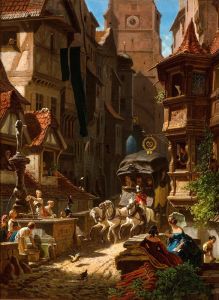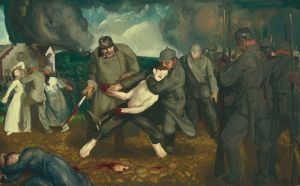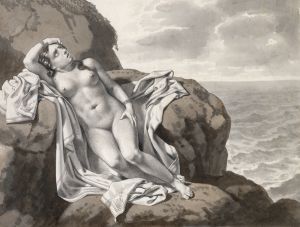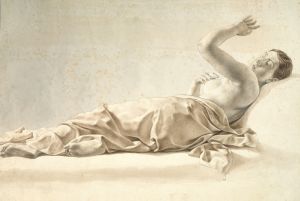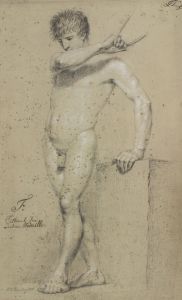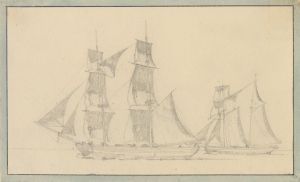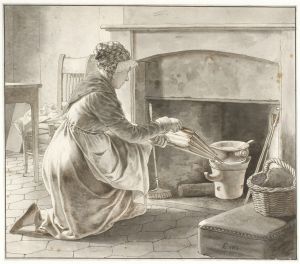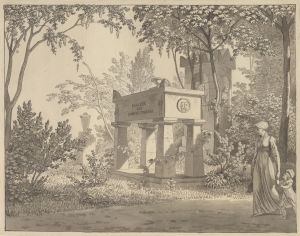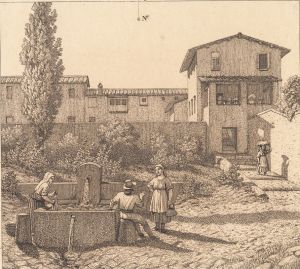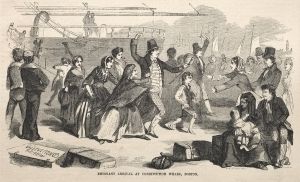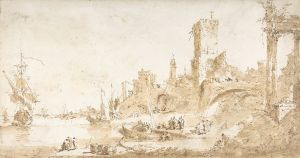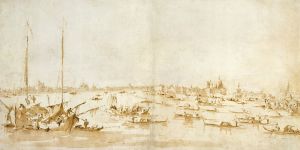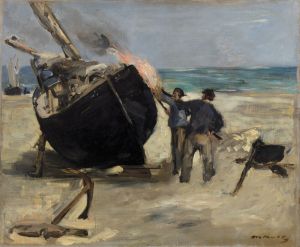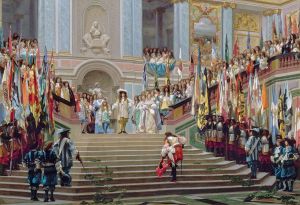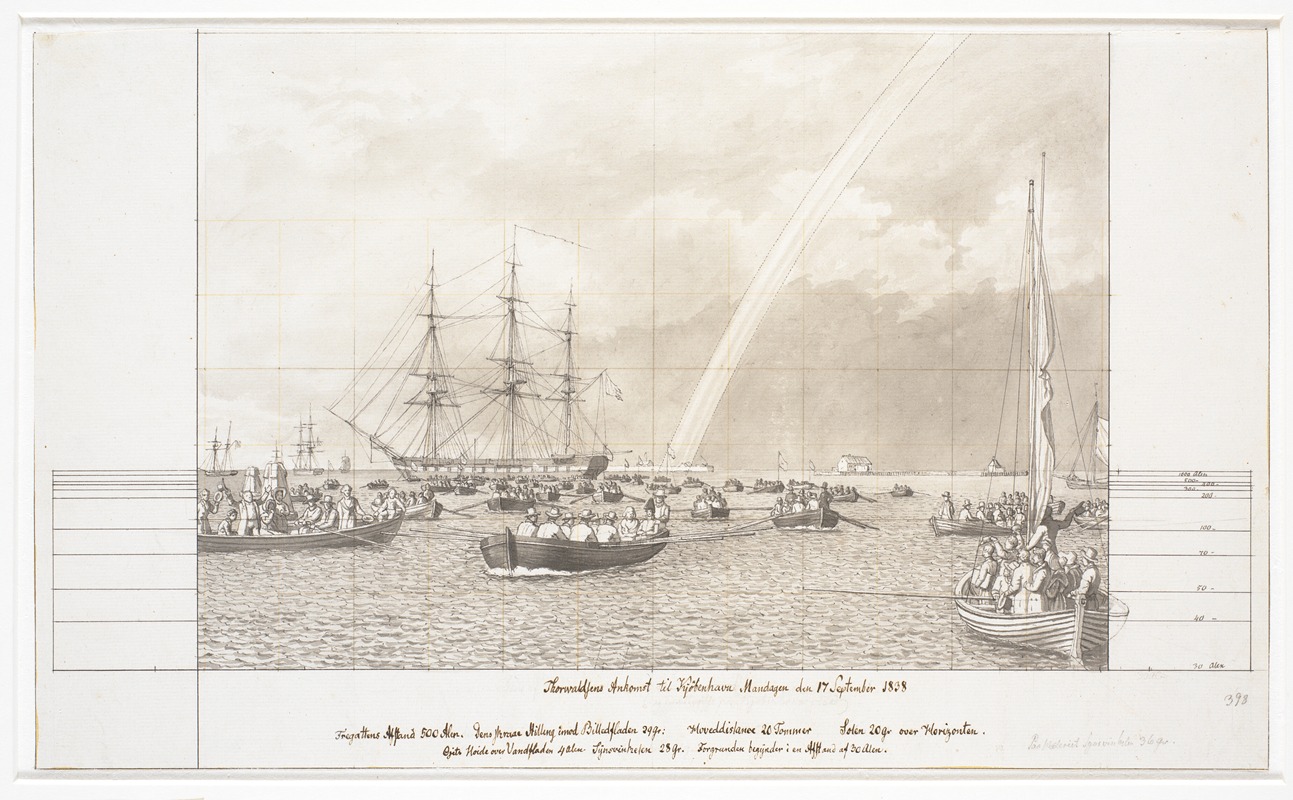
Thorvaldsens ankomst og modtagelse på Københavns red den 17 september 1838
A hand-painted replica of Christoffer Wilhelm Eckersberg’s masterpiece Thorvaldsens ankomst og modtagelse på Københavns red den 17 september 1838, meticulously crafted by professional artists to capture the true essence of the original. Each piece is created with museum-quality canvas and rare mineral pigments, carefully painted by experienced artists with delicate brushstrokes and rich, layered colors to perfectly recreate the texture of the original artwork. Unlike machine-printed reproductions, this hand-painted version brings the painting to life, infused with the artist’s emotions and skill in every stroke. Whether for personal collection or home decoration, it instantly elevates the artistic atmosphere of any space.
"Thorvaldsens ankomst og modtagelse på Københavns red den 17 september 1838" is a painting by the renowned Danish artist Christoffer Wilhelm Eckersberg. This artwork captures a significant historical event: the return of the celebrated Danish sculptor Bertel Thorvaldsen to Copenhagen after many years abroad. Thorvaldsen, who had spent much of his career in Rome, was a pivotal figure in the Neoclassical movement, and his return to Denmark was a momentous occasion celebrated by the Danish public.
Eckersberg, often referred to as the "father of Danish painting," was a central figure in the Danish Golden Age of painting. He was known for his precise and detailed style, which was influenced by his studies in Paris and Rome. His works often depicted historical and everyday scenes with a clarity and realism that were characteristic of the period.
The painting itself is a vibrant depiction of the scene at Copenhagen's harbor on September 17, 1838. It shows a flotilla of ships and boats, filled with people who have gathered to welcome Thorvaldsen back to his homeland. The composition is dynamic, with a sense of movement and excitement conveyed through the bustling activity on the water and the crowd's anticipation. The use of light and color in the painting highlights the festive atmosphere of the occasion.
Thorvaldsen's return was not just a personal homecoming but a national event. He was a source of pride for Denmark, having achieved international acclaim for his sculptures, which included works such as the statues of Christ and the Twelve Apostles for the Church of Our Lady in Copenhagen, and numerous commissions from across Europe. His arrival was marked by celebrations and honors, reflecting his status as a cultural icon.
Eckersberg's painting serves as both a historical document and a work of art. It captures the spirit of the time and the significance of Thorvaldsen's return. The painting is notable for its attention to detail, from the depiction of the ships and the harbor to the expressions and attire of the figures present. This level of detail is typical of Eckersberg's work and contributes to the painting's historical value.
Today, "Thorvaldsens ankomst og modtagelse på Københavns red den 17 september 1838" is regarded as an important piece of Danish cultural heritage. It is housed in the Thorvaldsens Museum in Copenhagen, which is dedicated to the life and work of Bertel Thorvaldsen. The museum itself is a testament to Thorvaldsen's impact on Danish art and culture, and Eckersberg's painting is a fitting tribute to this influential artist's return to his roots.
In summary, Christoffer Wilhelm Eckersberg's painting is a masterful representation of a key moment in Danish history. It not only celebrates the return of a national hero but also exemplifies the artistic achievements of the Danish Golden Age. Through its detailed and lively portrayal of the event, the painting continues to be a source of national pride and an enduring symbol of Denmark's rich cultural legacy.





